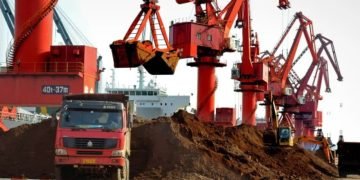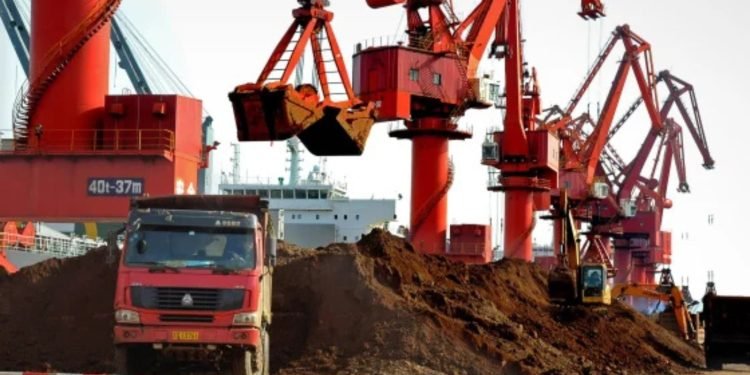By Eva Richardson | The Logistic News
April 16, 2025
In a dramatic escalation of trade leverage, China has halted exports of seven key rare earth elements and industrial magnets, sending global manufacturers, defense planners, and policymakers into a flurry of crisis meetings. The suspension, which took effect on April 3, 2025, is the latest in a series of assertive trade actions that underline Beijing’s control over strategic raw materials vital to the global economy.
These rare earth materials—used in electric vehicles, wind turbines, missile systems, smartphones, and semiconductors—are the backbone of innovation, clean energy, and national defense. China’s abrupt restriction not only highlights global overreliance on a single supplier, but also lays bare the fragility of supply chains structured for cost efficiency over resilience.
“Rare earths may represent a small slice of the periodic table, but they control a massive portion of the global industrial future,” said Dr. Melissa Grove, a senior fellow at the International Trade Forum.
The Scope of the Ban
The halted materials include dysprosium, terbium, and neodymium, among others—elements essential for high-performance magnets that power EV drivetrains, drone propulsion systems, and advanced radar. The restrictions apply not only to raw ores but also to processed alloys, magnifying the impact on downstream manufacturing.
China processes over 85% of the world’s rare earth elements and supplies a majority of the world’s neodymium magnets. With this decision, entire sectors—particularly in the United States, Japan, Germany, and South Korea—are now facing immediate risks of production slowdowns or cost spikes.
Immediate Fallout
Since the ban, prices of rare earth metals have soared by 35–45%, according to market data from GlobalMineralWatch. Automakers like Tesla and Hyundai are reportedly reviewing magnet sourcing strategies, while defense contractors have contacted government agencies for emergency guidance.
“This is not just an export halt; it’s a wake-up call for supply chain sovereignty,” said Daniel Roche, Director of Strategic Sourcing at a Fortune 500 electronics firm.
Governments are reacting quickly. The U.S. Department of Energy and Department of Defense are working with mining and tech firms to ramp up local refining capabilities. The EU Commission has revived its Critical Raw Materials Act proposals, focusing on funding recycling technologies and diversifying imports from Australia, Canada, and several African nations.
Strategic Implications
Experts believe this ban is more than a tit-for-tat trade retaliation—it’s a strategic recalibration. By weaponizing its dominance in rare earths, China is signaling that resource nationalism is a card it’s willing to play as global tensions rise.
While some rare earth mining exists outside China, the bottleneck lies in processing and separation—industries in which China has a 20-year head start. Diversification efforts, although under way, could take three to five years to yield secure, scalable alternatives.
Conclusion
As the world races toward electrification and digitalization, the rare earth standoff highlights a stark truth: logistics in 2025 is no longer about efficiency alone—it’s about strategic security. For governments and global firms alike, the ability to control or at least access critical inputs may soon outweigh the race for the lowest-cost supply.
Eva Richardson is a senior correspondent at The Logistic News. She reports on geopolitical trade dynamics, critical materials supply, and the intersection of logistics and national policy.























